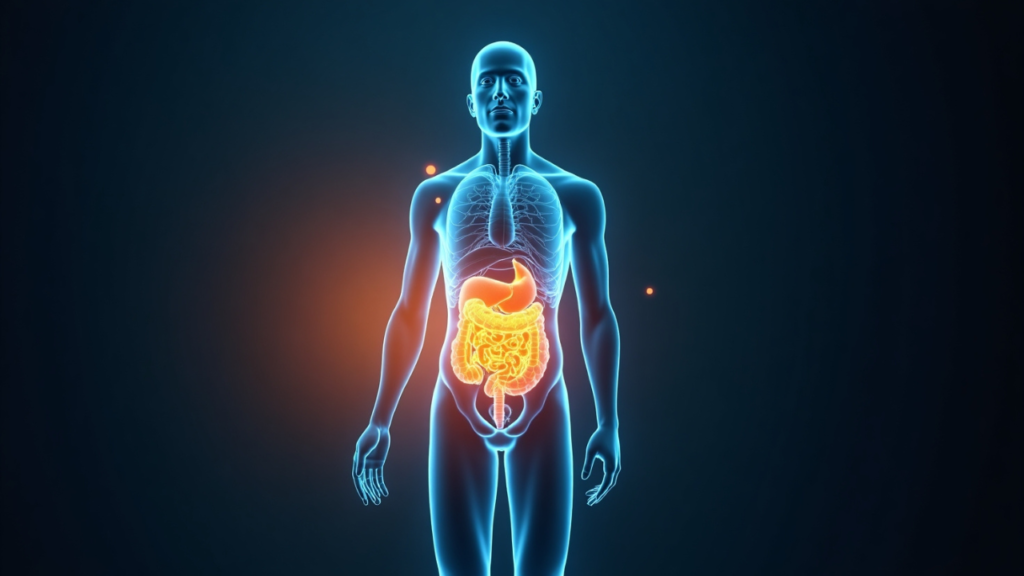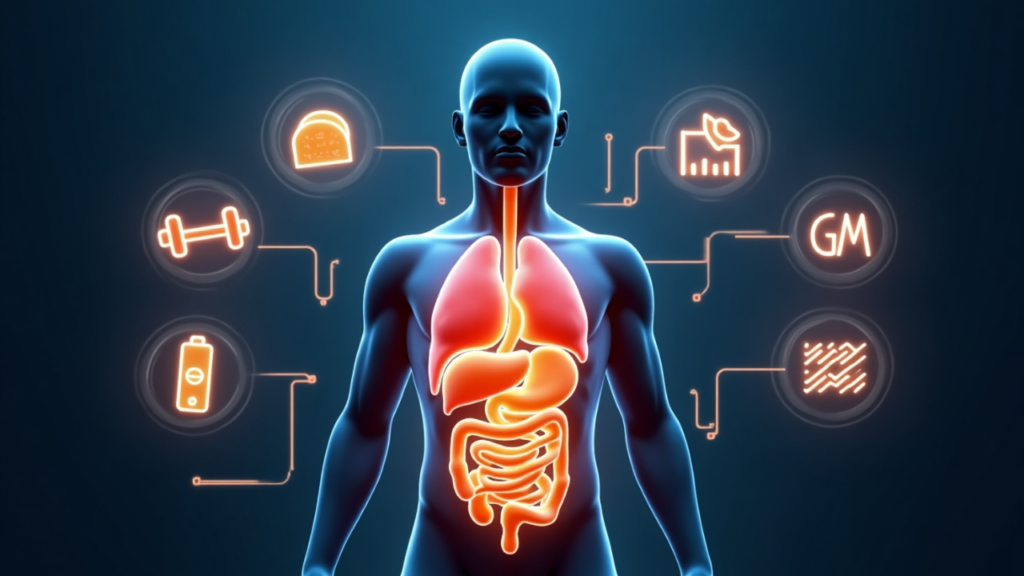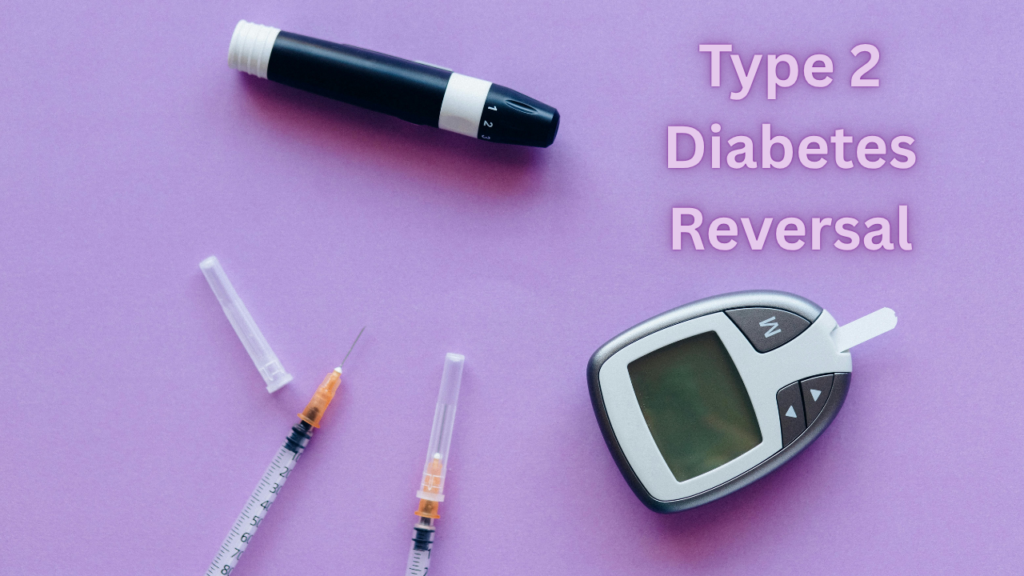Type 2 diabetes reversal is a topic gaining significant attention as more people seek natural and sustainable ways to manage their condition. Unlike type 1 diabetes, which is an autoimmune disease, type 2 diabetes is often linked to lifestyle factors such as poor diet, lack of exercise, and obesity. The good news? Research shows that with the right approach, type 2 diabetes reversal is possible for many individuals. This guide explores the science-backed strategies to help you take control of your health and potentially reverse this chronic condition.
Table of Contents
ToggleUnderstanding Type 2 Diabetes Reversal

Before diving into reversal strategies, it’s essential to understand what type 2 diabetes reversal means. Reversal does not necessarily imply a permanent cure but rather achieving normal blood sugar levels without medication. This state, known as remission, can be maintained through consistent lifestyle changes.
Key indicators of reversal include:
Normal HbA1c levels (below 5.7%)
Fasting blood glucose under 100 mg/dL
No reliance on diabetes medications
The Science Behind Reversing Type 2 Diabetes

Type 2 diabetes develops due to insulin resistance, where the body’s cells stop responding effectively to insulin. Over time, the pancreas struggles to produce enough insulin, leading to elevated blood sugar levels.
Reversing this condition involves:
Reducing Insulin Resistance – By losing excess weight, especially visceral fat around organs, insulin sensitivity improves.
Restoring Pancreatic Function – Studies suggest that beta-cell function can partially recover with proper diet and exercise.
Lowering Chronic Inflammation – A major contributor to insulin resistance, inflammation can be reduced through anti-inflammatory foods.
Effective Strategies for Type 2 Diabetes Reversal

1. Adopt a Low-Carb or Ketogenic Diet
Carbohydrates directly impact blood sugar levels. Reducing carb intake helps stabilize glucose and reduces insulin demand. Popular approaches include:
Ketogenic Diet – An ultra-low-carb, high-fat approach that jumpstarts fat metabolism and helps stabilize blood sugar levels.
Mediterranean Diet – Emphasizes wholesome ingredients, heart-healthy oils, and clean protein sources to support overall wellness.
Intermittent Fasting – Time-restricted eating helps improve insulin sensitivity and promotes weight loss.
2. Lose Excess Weight
Sustainable weight loss is one of the most powerful tools for reversing type 2 diabetes. Shedding just 5–10% of your body weight can lead to remarkable improvements in glucose regulation.
Strategies include:
Strength training and cardio exercises
Portion control and mindful eating
Avoiding processed sugars and refined carbs
3. Increase Physical Activity
Exercise helps muscles absorb glucose without insulin, lowering blood sugar levels.
Aim for at least 150 minutes of moderate physical activity each week—think brisk walks, leisurely cycling, or low-impact swimming.
Resistance training (2–3 times weekly) to build muscle and enhance metabolism
4. Manage Stress and Sleep
Chronic stress and poor sleep increase cortisol, which raises blood sugar.
Techniques to manage these factors include:
Meditation and deep breathing exercises
7–9 hours of quality sleep per night
Reducing caffeine and screen time before bed
5. Monitor Blood Sugar Regularly
Monitoring your blood sugar offers valuable insights into how your meals and movement impact your glucose levels. Whether you use a glucometer or a continuous glucose monitor (CGM), staying informed empowers smarter decisions.
6. Consider Medical Supervision
Before making drastic changes, consult a healthcare provider. Some individuals may need gradual adjustments to avoid hypoglycemia or other complications.
Success Stories: Real-Life Type 2 Diabetes Reversal

Countless individuals have successfully put type 2 diabetes into remission through consistent lifestyle adjustments. For example:
A study in The Lancet found that nearly half of participants achieved remission after a structured weight-loss program.
Personal testimonials highlight individuals dropping HbA1c from diabetic levels to normal within months by adopting low-carb diets and exercise.
Challenges and Misconceptions
While type 2 diabetes reversal is possible, some myths persist:
“Once diabetic, always diabetic” – Research proves remission is achievable.
“Medications are the only solution” – Lifestyle changes can reduce or eliminate the need for drugs.
“Reversal means never monitoring again” – Maintenance is crucial to prevent relapse
Final Thoughts: Is Type 2 Diabetes Reversal Possible for You?

The answer depends on commitment and consistency. By implementing dietary changes, regular exercise, stress management, and weight loss, many individuals have normalized their blood sugar levels and reduced dependency on medications.
Type 2 diabetes reversal is not a quick fix but a lifelong journey toward better health. Start small, stay consistent, and work closely with healthcare professionals to tailor a plan that works for you. With determination, reversing type 2 diabetes is within reach.

